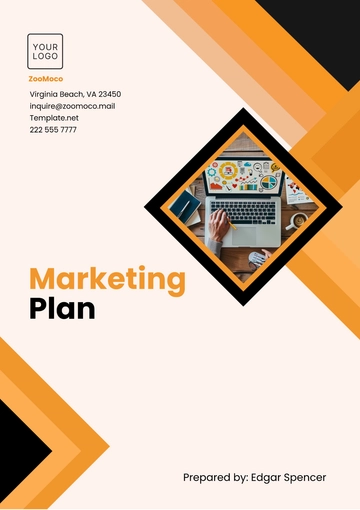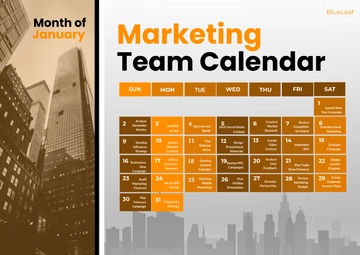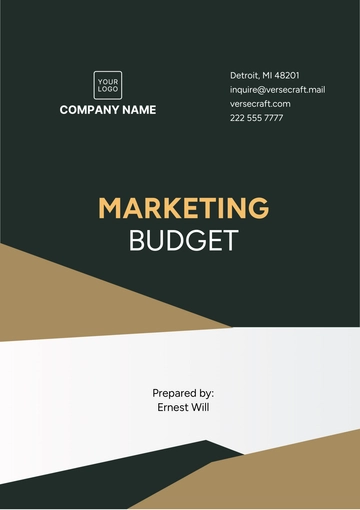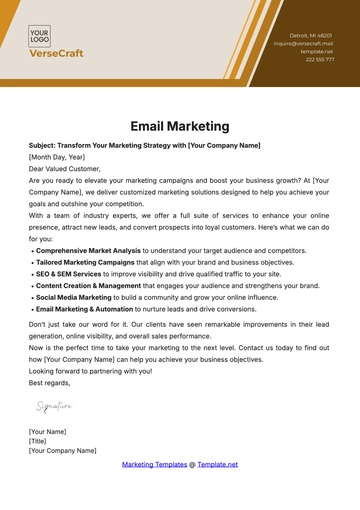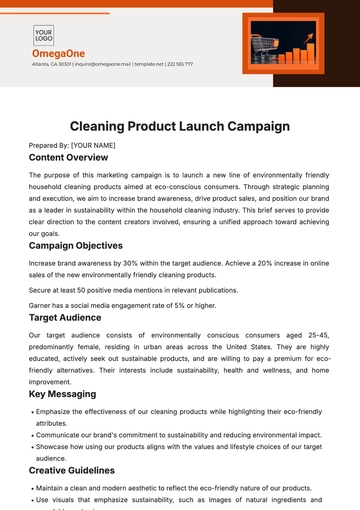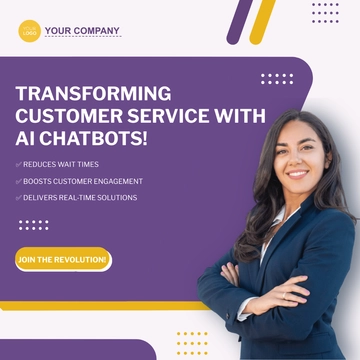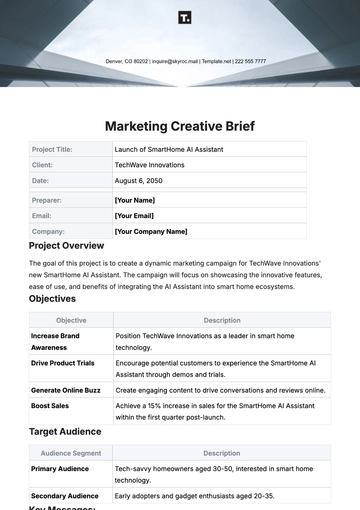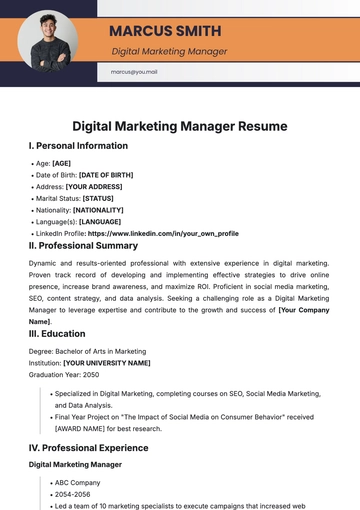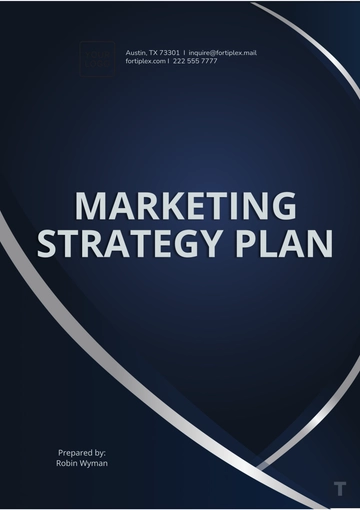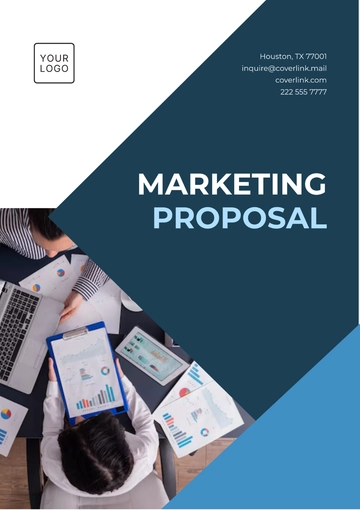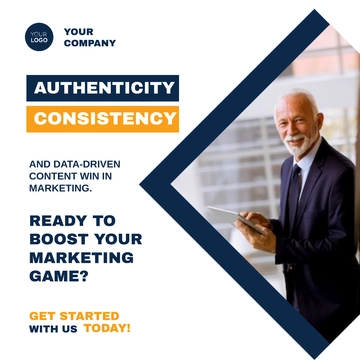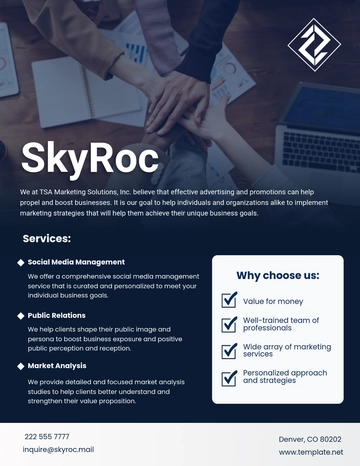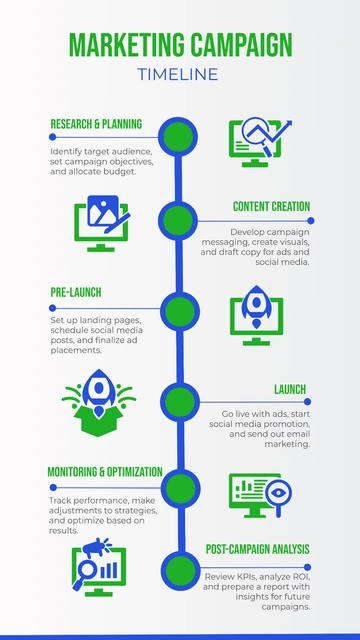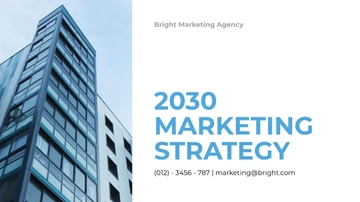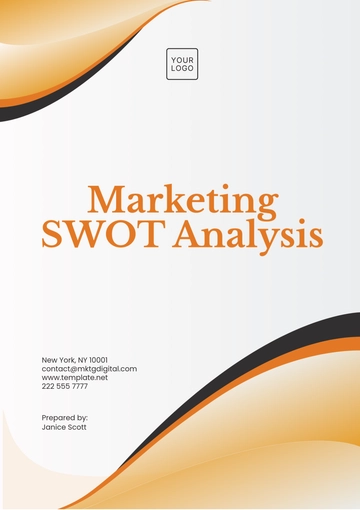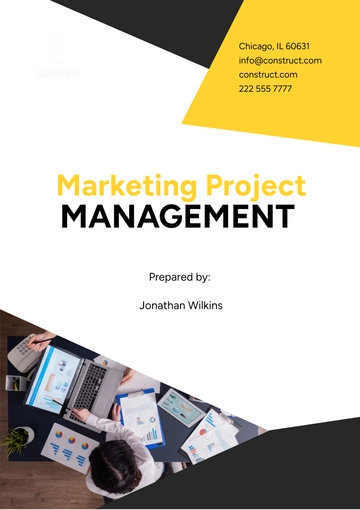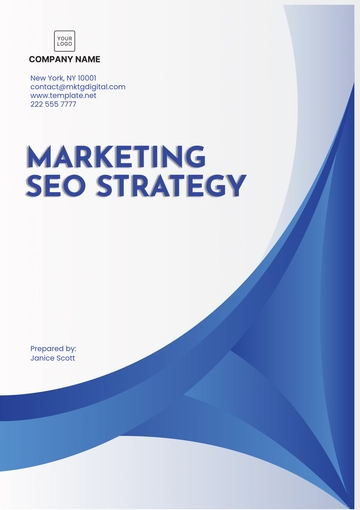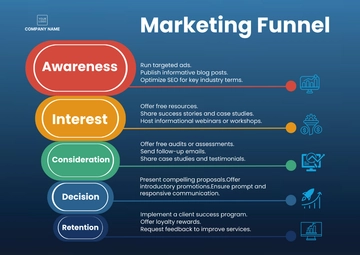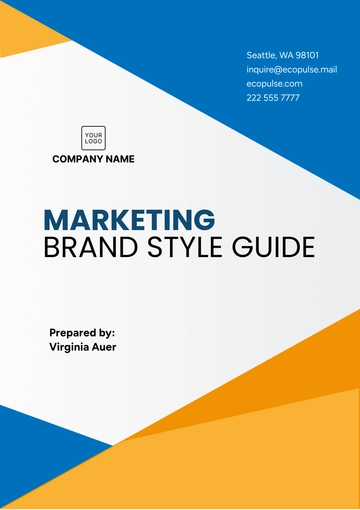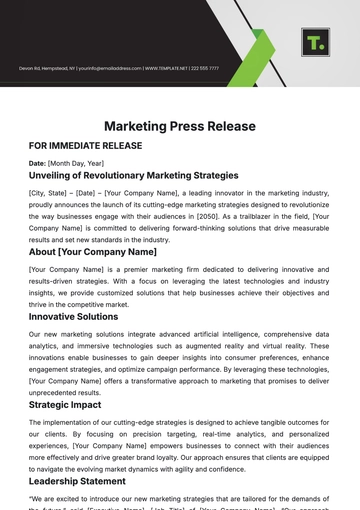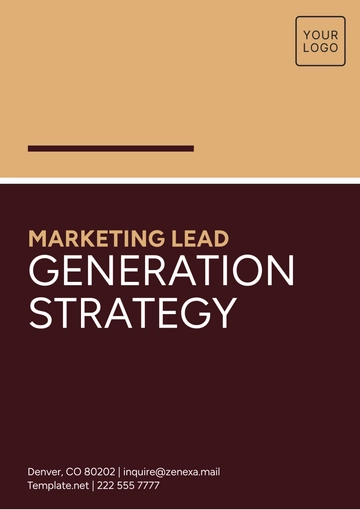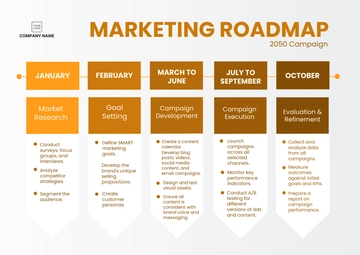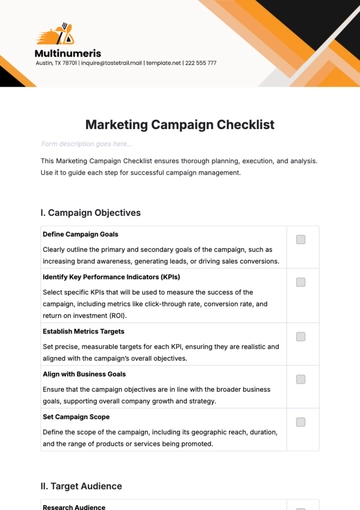Free Full Cycle Influencer Management Advertising Blueprint
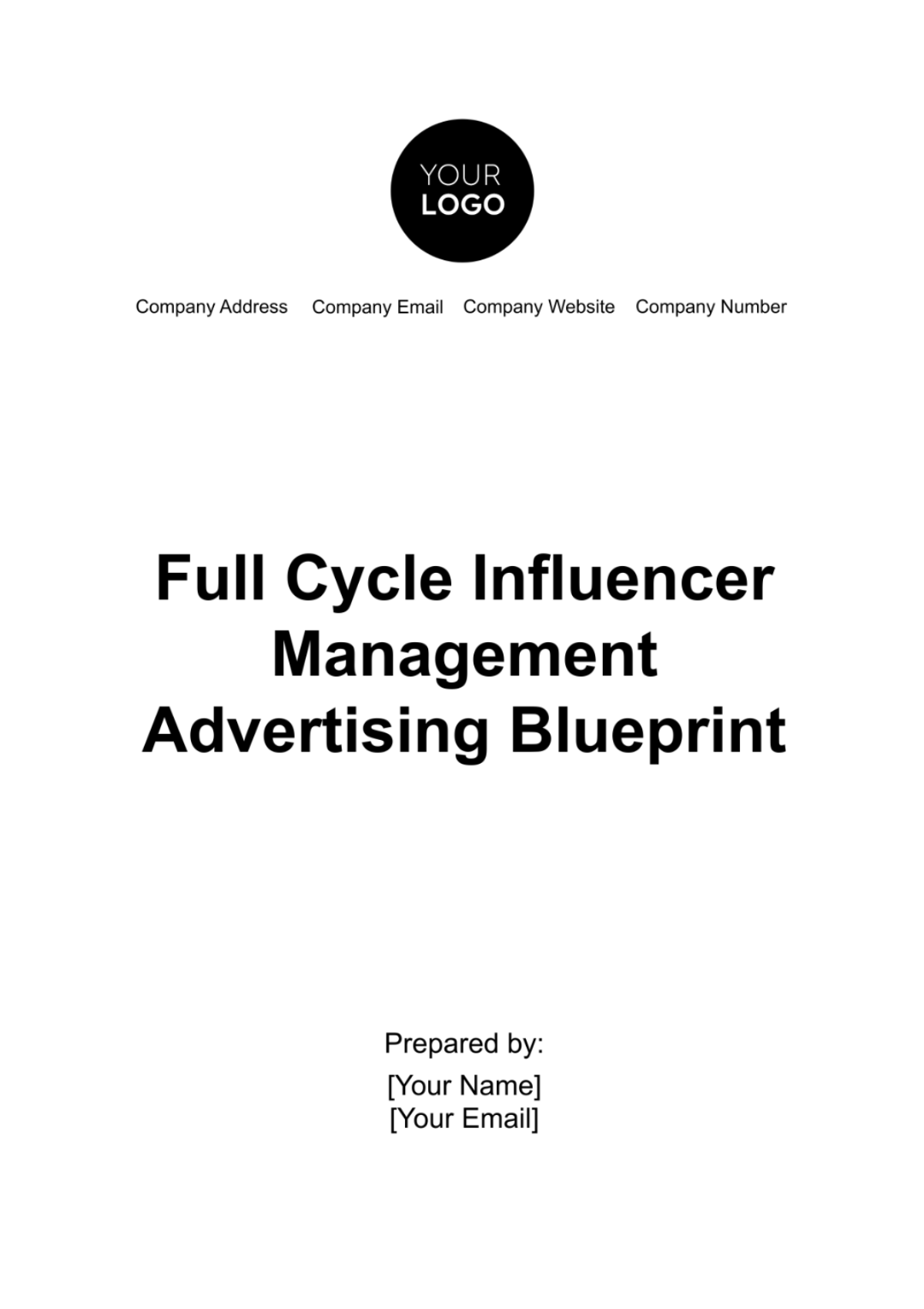
Introduction
This blueprint outlines the comprehensive strategy for Full Cycle Influencer Management. It encompasses the identification, engagement, collaboration, and analysis of influencer partnerships to maximize advertising impact. The primary objective of this blueprint is to establish a systematic process for identifying, engaging, collaborating with, and analyzing influencers. By integrating these elements into a framework, we aim to create impactful advertising campaigns that resonate with target audiences and amplify brand messaging.
Scope
This document outlines the key components and methodologies that constitute our management process. It includes detailed protocols for influencer identification, engagement strategies, campaign execution, performance analysis, and post-campaign feedback integration. Each section is accompanied by specific metrics, tools, and best practices designed to optimize the influencer marketing lifecycle.
Strategic Approach
[Your Company Name]’s approach emphasizes the importance of alignment between influencer personas and our brand values. The strategy encompasses a vetting process, ensuring that the chosen influencers exhibit a genuine connection with their audience, which is crucial for authentic brand representation.
Influencer Identification
The influencer identification stage is crucial for laying the foundation of a successful influencer marketing campaign. The company aims to systematically identify influencers who align with our brand ethos and possess the ability to authentically engage and influence their audience.
Audience Demographics Analysis: This process involves an in-depth examination of the influencer's audience characteristics, including age, gender, location, and specific interests. The goal is to match these demographics with our target market profiles.
Engagement Rate Evaluation: An evaluation of the influencer's engagement metrics that go beyond mere numbers. This includes analyzing the quality of interactions, the consistency of audience engagement over time, and the authenticity of these interactions.
Brand Alignment and Authenticity Check: This critical assessment measures how naturally the influencer's content aligns with our brand's core values, messaging, and aesthetic. It includes evaluating the influencer's tone, content style, and overall brand perception in the public eye.
Historical Performance Tracking: Reviewing the influencer's past campaigns and partnerships to assess their track record in terms of content quality, campaign success, and professional conduct. This historical analysis helps in predicting future campaign performance and reliability.
Influence and Relevance Scoring: Assigning a score to influencers based on their current market relevance, niche authority, trend adaptability, and overall community influence. This scoring system is designed to identify influencers who are impactful and relevant to current market dynamics.
Criteria | Measurement Tools |
Audience Demographics Analysis | Advanced Social Media Analytics Tools, leveraging AI and machine learning. |
Engagement Rate Evaluation | Engagement Analysis Software with sentiment analysis capabilities. |
Brand Alignment and Authenticity Check | AI-driven Content Analysis Systems combined with expert manual review. |
Historical Performance Tracking | Influencer Performance Tracking System with historical data analysis features. |
Influence and Relevance Scoring | Custom-developed Influence Scoring Algorithm incorporating real-time social media trends and industry benchmarks. |
Methodologies:
Predictive Analytics Integration: Utilizing predictive models to forecast future trends and identify influencers who are likely to grow in relevance and engagement.
Ethical and Diversity Considerations: Ensuring a diverse range of influencers that resonate with all segments of our audience, adhering to ethical standards in influencer partnerships.
Competitor Benchmarking: Systematically analyzing competitors' influencer strategies to identify untapped opportunities and potential strategic advantages.
Continuous Monitoring: Establishing a proactive monitoring system for constant tracking of emerging influencers, shifting audience preferences, and evolving social media trends.
The influencer identification process is designed to ensure that our influencer collaborations are effective in reaching our target audience and building lasting relationships that resonate with authenticity and align with our brand's core values.
Engagement and Negotiation
This phase is critical in establishing a solid and mutually beneficial relationship between [Your Company Name] and potential influencers. This phase involves detailed communications, contractual agreements, and the setting of clear expectations and deliverables.
Strategic Outreach and Initial Contact: Personalized and strategic communication with targeted influencers, emphasizing our brand values and the mutual benefits of the partnership. This includes initial introductions, expressing interest, and outlining potential collaboration ideas.
Contract Development and Legal Framework: Creating contracts that cover all aspects of the partnership, including content expectations, timelines, compensation, intellectual property rights, and termination clauses. Special attention is given to legal compliance and ethical standards.
Negotiation and Agreement Finalization: Engaging in negotiations that respect both parties' interests, focusing on creating a win-win scenario. Discussions include compensation models, content creation guidelines, and campaign timelines.
Content Guidelines and Campaign Planning: Establishing clear guidelines for content creation, including the tone of voice, branding elements, do's and don'ts, and compliance with regulatory standards. Detailed campaign planning ensures alignment with marketing objectives.
Influencer Onboarding and Education: Providing influencers with a detailed understanding of the brand, products, and campaign objectives. This includes educational materials, product samples, and access to key brand resources.
Process | Tools/Software |
Strategic Outreach and Initial Contact | Advanced CRM Software integrated with Email Marketing Platforms |
Contract Development and Legal Framework | Contract Management Software with template customization. |
Negotiation and Agreement Finalization | Secure Negotiation Platforms supplemented by Virtual Meeting Tools |
Content Guidelines and Campaign Planning | Comprehensive Project Management Tools and deliverable tracking. |
Influencer Onboarding and Education | Digital Onboarding Platforms and Interactive Training Modules. |
Strategies:
Personalized Communication Approach: Tailoring outreach and negotiations to align with each influencer's unique style and preferences, fostering a sense of respect and personal connection.
Performance-Based Incentives: Incorporating incentive models that reward influencers based on campaign performance metrics, aligning their interests with campaign success.
Collaborative Campaign Development: Involving influencers in the creative process of campaign planning, leveraging their insights and expertise for more authentic and effective content.
Continuous Support and Feedback Loops: Establishing ongoing communication channels for feedback, support, and adjustments throughout the campaign lifecycle.
The Engagement and Negotiation phase is designed to build strong, transparent, and mutually beneficial relationships with influencers. By emphasizing personalized communication, legal and ethical compliance, and collaborative planning.
Campaign Execution
The Campaign Execution phase focuses on the actual implementation of the campaign, making certain that all activities are aligned with the established goals and objectives, and are executed with precision and creativity.
Content Creation and Collaboration: Influencers create content that resonates with both their audience and our brand ethos. This includes a collaborative process where influencers are encouraged to infuse their creativity.
Campaign Launch and Synchronization: A coordinated launch across multiple platforms, ensuring maximum reach and impact. This includes timing the release of content to align with marketing peaks, and cross-promoting across various influencer and brand channels.
Real-Time Monitoring and Adjustment: Continuous tracking of the campaign’s performance against predefined KPIs, allowing for real-time adjustments and optimization.
Engagement and Interaction Management: Actively managing audience engagement through comments, shares, and direct interactions. This includes fostering a positive community response and addressing any queries or concerns.
Compliance and Quality Assurance: Ensuring that all content meets legal, ethical, and quality standards throughout the campaign. Regular checks and balances are maintained to uphold brand reputation and regulatory compliance.
Process | Tools/Software |
Content Creation and Collaboration | Content Collaboration Platforms and Creative Tools |
Campaign Launch and Synchronization | Social Media Management Tools and Analytics Dashboards |
Real-Time Monitoring and Adjustment | Advanced Monitoring Software with AI capabilities |
Engagement and Interaction Management | Engagement Management Systems and CRM Integration |
Compliance and Quality Assurance | Compliance Tracking Systems and Quality Assurance Software |
Methodologies:
Data-Driven Content Optimization: Utilizing data analytics to continuously refine content strategies and enhance audience engagement based on real-time feedback and performance metrics.
Multi-Channel Integration: Expanding the campaign’s reach by integrating various channels like social media, blogs, and video platforms, ensuring a cohesive and omnichannel presence.
Dynamic Storytelling and Personalization: Encouraging influencers to use dynamic storytelling techniques and personalized content to create more engaging and relatable experiences for their audience.
Crisis Management Protocols: Implementing preemptive measures and response plans for potential issues or negative feedback, ensuring swift and effective resolution.
This phase is made to maximize the impact and reach of our influencer collaborations. Through innovative content creation, synchronized launches, real-time adjustments, and rigorous compliance standards.
Performance Analysis
Performance Analysis is focused on evaluating the effectiveness of influencer campaigns, analyzing various metrics to understand the impact, and drawing insights for future strategies.
Reach and Audience Growth: Assessing the extent of audience exposure, including the number of unique viewers and followers gained through the campaign.
Engagement Metrics: Evaluating the level of audience interaction with the campaign content. It includes measuring the depth of engagement such as time spent on content, the shareability of posts, and user-generated content.
Conversion Rate and Sales Impact: Measuring the percentage of the audience that took the desired action, such as website visits, sign-ups, or direct purchases attributed to the campaign.
Return on Investment: Calculating ROI involves a holistic financial assessment of the influencer campaign, considering both direct and indirect revenue generated against the total campaign investment.
Brand Sentiment Analysis: This analysis focuses on understanding the public's perception and sentiment towards the brand as influenced by the campaign. It involves analyzing the tone, context, and emotions expressed in audience responses to influencer content.
Metric | Analysis Tool |
Reach and Audience Growth | Advanced Social Media Insights Tools with integrated AI |
Engagement Metrics | Engagement Analysis Software |
Conversion Rate and Sales Impact | Web Analytics Tools integrated with CRM systems |
Return on Investment | ROI Calculation Software with custom metrics capabilities |
Brand Sentiment Analysis | Sentiment Analysis Software |
Methodologies
Comprehensive Dashboarding: Implementing a unified analytics dashboard for a holistic view of campaign performance, integrating data from various sources for a complete analysis.
Competitive Benchmarking: Comparing campaign performance against industry benchmarks and competitors' campaigns to understand relative positioning and effectiveness.
Predictive Analytics for Future Campaigns: Utilizing predictive analytics to forecast future campaign outcomes based on historical data, enhancing decision-making for future strategies.
This phase measures the immediate success of influencer campaigns and provides insights for continuous improvement. By leveraging advanced tools and methodologies, we ensure that each campaign contributes to our long-term marketing objectives.
Conclusion
At [Your Company Name], the Full Cycle Influencer Management approach is designed to ensure that every influencer partnership is strategically aligned, effectively executed, and thoroughly analyzed for continuous improvement. This blueprint serves as a guide to navigate the complexities of influencer marketing and achieve optimal advertising outcomes.
- 100% Customizable, free editor
- Access 1 Million+ Templates, photo’s & graphics
- Download or share as a template
- Click and replace photos, graphics, text, backgrounds
- Resize, crop, AI write & more
- Access advanced editor
Unlock the power of influencer management with our Full Cycle Influencer Management Advertising Blueprint Template, exclusively available on Template.net. This comprehensive resource is fully editable and customizable to align with your brand's vision. Seamlessly editable in our Ai Editor Tool, it ensures precision and adaptability throughout the influencer marketing journey.
You may also like
- Marketing Google Slide
- Marketing Letter
- Marketing Quotation
- Marketing Report
- Marketing Strategic Plan
- Marketing Plan
- Marketing Proposal
- Marketing Flyer
- Marketing Presentation
- Real Estate Marketing Plan
- Marketing Contract
- Marketing Agreement
- Marketing Resume
- Marketing Checklist
- Marketing Brochure
- Marketing Banner
- Marketing Schedule
- Marketing Vector
- Marketing Logo
- Marketing Chart
- Marketing Campaign Plan
- Marketing Budget
- Marketing Postcard
- Marketing Poster
- Marketing Facebook Post
- Marketing Instagram Post
- Marketing Newsletter
- Marketing Infographic
